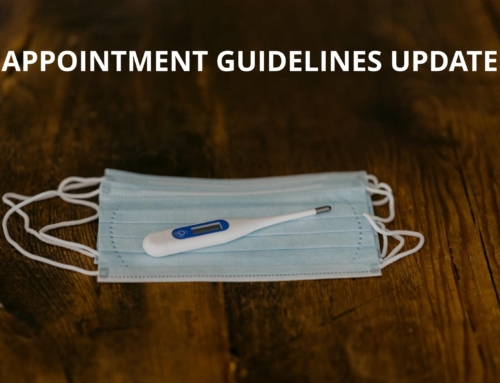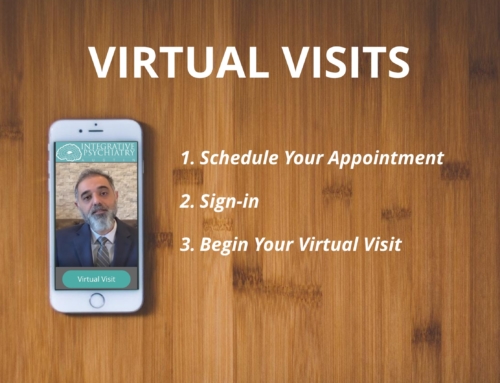Did you know the practice of making resolutions for the new year dates back around 4,000 years? The first civilization known to practice a New Year’s ritual, known as Akitu was the ancient Babylonians. This was done when they planted the new crop for the year (in early spring rather than January). Credit for establishing the 1st of January as the beginning of the new year goes to Julius Caesar when he did a little update on the calendar and around 46 B.C.
The practice of sanctifying birth, death and rebirth is anchored in the unconsciousness of humanity. Many cultures worldwide have celebrated this sacred occasion. In Chinese philosophy water (the fifth element) represents rebirth and regeneration. The lunar new year is often symbolized with the water narcissus. It represents good fortune, prosperity and good luck. Should the water narcissus bloom exactly on the day of Chinese New Year, it is believed that prosperity and good fortune will be enjoyed for the whole year. Early Christians evolved beginning the new year with reflection, ritual and spiritual introspection toward a higher purpose. In our present day culture, there is the Big Apple with its ball drop and rollicking celebrations followed by new year’s day where we believe we have the option to choose the type and extent of investment we want to make in ourselves in the coming year.
Today in the U.S. new year’s resolutions are more typically directed at lifestyle choices such as saving money, eating less, exercising more. A study conducted by the University of Scranton cites that only 8% of people who make New Year’s resolutions will actually fulfill those goals in a timely fashion—if ever. So, given that resolutions can slide into the “unfulfilled” category, is the practice more pressure than practical?
If you had to choose just one intention to bring with you into 2020…
If you had to choose “just one” intention to bring with you into 2020, Integrative Psychiatry Austin recommends to make a commitment to practice being mindful. We can certainly start off by being mindful of our resolutions. Being Mindful of our intentions lets us know the desires that drive own our thoughts. And if we know our masters we can achieve freedom from their pressures.
Being mindful helps us realize that we can achieve our ultimate goal directly. For example, people make the resolution of dieting and losing weight. Sometimes such a resolution hides behind it a desire to be loved. It is only after this awareness permeates a person’s life that a person starts loving themself. So, new year’s resolutions are very personal and can only be truly known and balanced when we see them through the lens of mindfulness.
There is no better gift than the experience of mindfulness
Especially during this holiday season, we feel that there is no better gift than the experience of mindfulness. This is something we often explore in conversation with people within our practice. In fact, to help our community toward this intention, we have recently begun offering a free drop-in meditation on Fridays. Our goal with this is to provide space both physical and emotional to breathe and to be. In be-ing is still-ness. In still-ness aware-ness. In aware-ness, an eternity of new be-ginnings.
If you are unable to join us at the Cedar Park location on Fridays, we are fortunate that today there are many excellent resources that teach meditation and promote being more mindful… in the mornings, in traffic, at work, before bed. Many of these are no-cost or low-cost apps that help through breathwork, guided meditations, etc.
Some that we like are:
- https://www.headspace.com/headspace-meditation-app
- https://buddhify.com/
- https://www.stopbreathethink.com/
- https://www.amazon.com/Stoked-Skills-LLC-Mindful-Meditation/dp/B0784GXF2M
- https://www.tenpercent.com/
Six tips that help your daily practice
According to mindfulness.org, these tips will help you in your journey to mindfulness.
- Give your mind permission to wander. Whether you are being still for a few breaths or a few minutes, expect that your mind will stray from stillness. Practice patience and kindness with yourself when this happens, and gently return your awareness to the sensation of your breath.
- Notice any tendency to judge or be hard on yourself. Recognize this as just another way of thinking, and gently return awareness back to the breath.
- Embrace feeling relaxed–even if practicing for just a few moments. Recognizing this feeling of relaxation helps us be more present in the moment. Relaxation leads to being present with awareness–which is what mindfulness is.
- As you begin to notice more, negative as well as positive things will emerge. Hold yourself with compassion and kindness and bring open-hearted awareness to the experience you are having in the moment.
- Practice staying in the moment. By allowing the awareness of even the painful things, we learn a way to “be with” rather than trying to distance ourselves from the pain. We can find that the pain can become just another experience, and we can learn that the mindfulness we are experiencing is not damaged because of the pain.
- Relax, and be with what is just here and now. Don’t try too hard or try to achieve something. Allow yourself to experience life simply as it unfolds with an open heart.
As this new year begins, we invite you to start your journey into awareness. We would be honored to help you along the path. Please visit the Become A Patient page and request an appointment.






